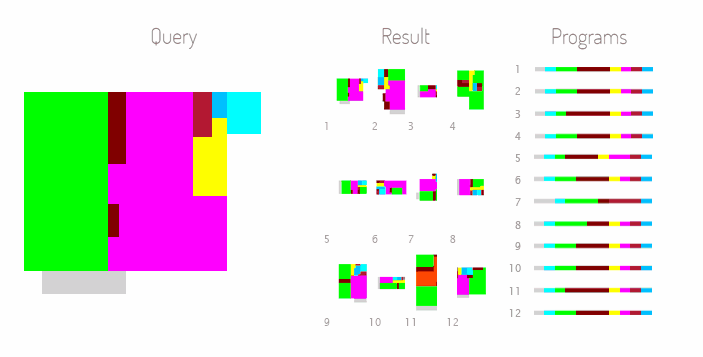Artificial Intelligence (AI) if allowed to transition at the same pace as it is doing now shall soon overtake a bunch of repetitive manual tasks. Few futurists even posit that the creative space won’t be immune to this dominance either.
Architecture, is one such field which stands as a testimony to human intellect. It brings together the theories of aesthetics and civil engineering into a most practical and productive form. The way living spaces are designed has shifted from paper to computer screens, from pencil to CAD software long ago. Today with the inclusion of AI into the traditional computer based design approaches, architects can check various combinations to find the most optimum design.
The author, a Polish architect, Jarosław Ceborski, once said “It’s quite easy to distinguish something designed using parameters and algorithms from the rest, so it gives us a message, ‘I’m contemporary, I was rethinked.”
If put into practice, AI is going to cut down on a lot of time spent discarding designs. It presents the architect with a range of options from which s/he can choose from. In an attempt to put this theory to practice, a Harvard graduate demonstrated the work flows of incorporating AI into the world of architecture.
Workflows Of AI In Architecture

Using AI in architectural design will lead one to the following challenges:
- choosing the right toolset,
- isolating the right phenomena to be shown to the machine and
- ensuring that the machine “learns” properly.
The Harvard graduate had chosen GANs to carry out this particular project. The architect introduced metrics to make the model generate architecturally relevant floor plans for the building. Here metrics can be orientation, thickness and also connectivity and texture.
“The machine, once the extension of our pencil, can today be leveraged to map architectural knowledge, and trained to assist us in creating viable design options,” wrote the Harvard graduate, Stanislas Chaillou in his blog demonstrating the key aspects of his thesis.
The use of GANs for architecture was first introduced in 2018 by Hao Zheng and Weixin Huang.
The above picture depicts how the style transfer takes place. The model is shown a segmented version of the plan and then it is trained to learn the Baroque style.
The creator also made sure that there is enough room for the user to intervene before the algorithm just shows designs from thin air. This establishes the augmentation that the algorithms were believed to be providing.
Using a dataset of around 700+ annotated floor plans, they were able to train a broad array of models. Each is geared towards a specific room count and yields surprisingly relevant results once used on empty building footprints.
The above illustration is of the training sequence that shows how the GAN model learned the layout of the rooms.
Future Direction
The biggest challenge for developers who try to augment creative domains with algorithms is to maintain the human-machine interact and this work contained how the machine learning models can be flexible when constraints such as furniture and other dimensions come into play.
Letting the machine do its usual black-box thing wouldn’t be much of a help and result in the same time-consuming approach that the manual design is blamed for. Enabling human intervention at every stage in AI modeling is a great paradigm shift in the design process.
The applications of AI doesn’t just stop at generating multiple designs but also carrying out other critical assessments on the engineering side, such as the compatibility of the materials for a certain construction. The use of machine learning can be found not only in pre-construction planning but during the construction as well. Site engineers can fly drones around the construction site, capture images and use state of the art machine learning algorithms to identify anomalies and assist to avoid any catastrophic failures.
Somewhere between the imaginations of architects and the analytical precision of building simulation, lies the most effective design informed by data. This would require integrating building simulations, creating interaction between different domains, incorporating a myriad of variables and the use of algorithm-driven solutions are poised to unfold greater opportunities.





























